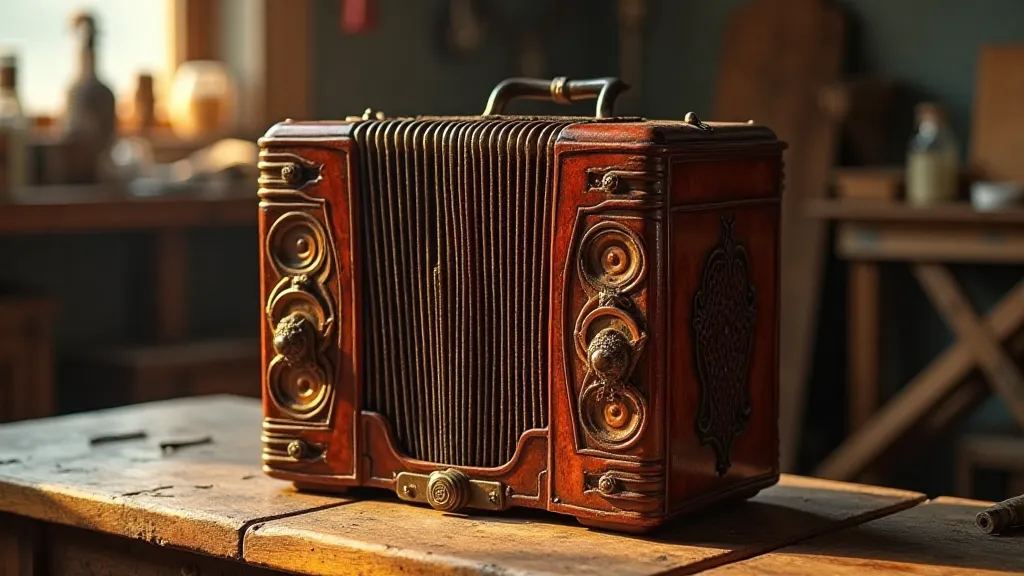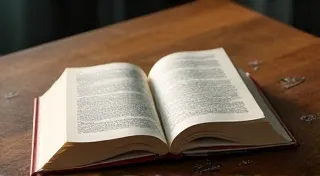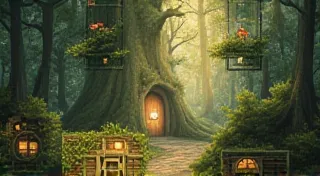Fractured Mirrors: Exploring Multiple Perspectives in Storytelling
Imagine an antique accordion, its bellows worn smooth by countless hands, its keys ivory-yellowed with age. It’s a silent storyteller, isn’t it? Each button, each reed, holds echoes of melodies played, of laughter and tears witnessed. When you hold it, you don't just feel wood and metal; you feel a history – a collection of perspectives, interwoven and inseparable. This, I believe, is the essence of masterful storytelling employing multiple points of view.
For years, I shied away from it. The challenge seemed insurmountable. How could you truthfully inhabit the consciousness of someone so different from yourself? The fear of caricature, of misrepresentation, was paralyzing. I wanted to write, to connect, but I was trapped in the confines of my own singular perspective. Then I inherited my grandfather's accordion, a Hohner Monarch from the 1930s. It was in rough shape, keys sticking, bellows leaking air, the once-gleaming finish dull and scratched. Repairing it became a revelation.
The act of restoration forced me to understand the instrument’s inner workings, to appreciate the intricate craftsmanship that went into its creation. I had to consider the perspective of the craftsman – the skilled hands that meticulously assembled the reeds, the wood, the metal. I understood then that multiple perspectives weren’t a source of conflict, but of depth, of richness. The same principle applies to writing.

The Lure of a Single Voice – and Why It's Not Always Enough
The comfort of a single narrator is undeniable. It's the reliable guide, the familiar voice. We feel safe, grounded. But it’s also limiting. Think of the great epics – The Odyssey, The Iliad – they resonate because they explore the same events through the eyes of different characters. Understanding Odysseus's ambition requires knowing the despair of his crew. Seeing Achilles’ rage demands recognizing the grief of Patroclus. A single perspective can only offer one facet of the truth.
When employing multiple perspectives, however, the stakes are higher. You're not just telling a story; you're conducting an orchestra of voices, each demanding its own space, its own truth. There's a constant risk of muddying the narrative, of creating confusion rather than clarity.
Mastering Voice: The Key to Seamless Transitions
The most crucial element in successful multiple POV writing is voice. Each character's perspective must feel distinct, authentic. It’s not enough to simply change pronouns; you must alter sentence structure, vocabulary, tone, and even thought patterns. This demands a deep dive into character development. What are their biases? Their fears? Their hopes? Their language reflects these inner realities.
Consider how a stoic detective might describe a crime scene compared to the panicked testimony of a witness. The detective's prose will be precise, methodical, bordering on detached. The witness's will be fragmented, emotional, riddled with uncertainty.
A helpful technique is to "listen" to your characters. Imagine them speaking aloud. What slang do they use? What are their pet phrases? What is their rhythm of speech? Record yourself reading their dialogue. Does it feel genuine? If not, keep adjusting until it does.
Maintaining Narrative Cohesion: The Art of the Interweave
Multiple perspectives can easily descend into chaos if not handled with care. It's vital to establish a clear framework, a guiding thread that binds the different voices together. This can be a central conflict, a shared location, or a crucial piece of information known only to a select few.
Transitions are paramount. Avoid jarring shifts. Use connecting phrases – "Meanwhile, in another part of town…” or "She didn’t know he was thinking…” – to signal the change in perspective. Gradual shifts, where one character’s thoughts lead seamlessly into another’s, can be particularly effective in creating a sense of interconnectedness.
Consider the structure. Are the perspectives presented chronologically, or are they interwoven in a more fractured, non-linear fashion? The choice depends on the story you’d like to tell. A non-linear structure can create suspense and reveal information gradually, but it also risks confusing the reader if not executed flawlessly.

Exploring Complex Themes Through Divergent Views
Multiple perspectives aren't just about adding layers to the plot; they’re a powerful tool for exploring complex themes. Prejudice, betrayal, loss – these are concepts that are best understood through the eyes of those who experience them differently.
Think of a story about a political scandal. A single perspective – that of the politician – might portray them as a victim of circumstance. But the perspectives of their accusers, their family, and their constituents might paint a very different picture – one of corruption, deceit, and devastating consequences.
This ability to reveal different facets of a situation is what makes multiple POV storytelling so rewarding. It allows you, as the writer, to challenge assumptions, to provoke empathy, and to offer a more nuanced understanding of the human condition.
The Restoration Continues: Lessons Learned
My grandfather’s accordion isn’s fully restored. The bellows still leak a little, and a few keys remain stubbornly out of tune. But the process of repairing it has been profoundly illuminating. It’s taught me to appreciate the craftsmanship, the history, and the multitude of perspectives that shape our understanding of the world.
Similarly, embracing multiple perspectives in storytelling can be challenging, demanding, and occasionally frustrating. But the rewards – the depth of understanding, the richness of the narrative, the connection with the reader – are immeasurable. Don’t be afraid to experiment, to push boundaries, and to find your own unique voice within the chorus.

Beyond the Button: A Writer's Call to Action
The next time you're crafting a story, consider the voices that resonate within it. Think about the perspectives that remain unheard, the truths that lie hidden beneath the surface. Step outside your own comfort zone and dare to see the world through the eyes of another. You might be surprised by what you discover.





